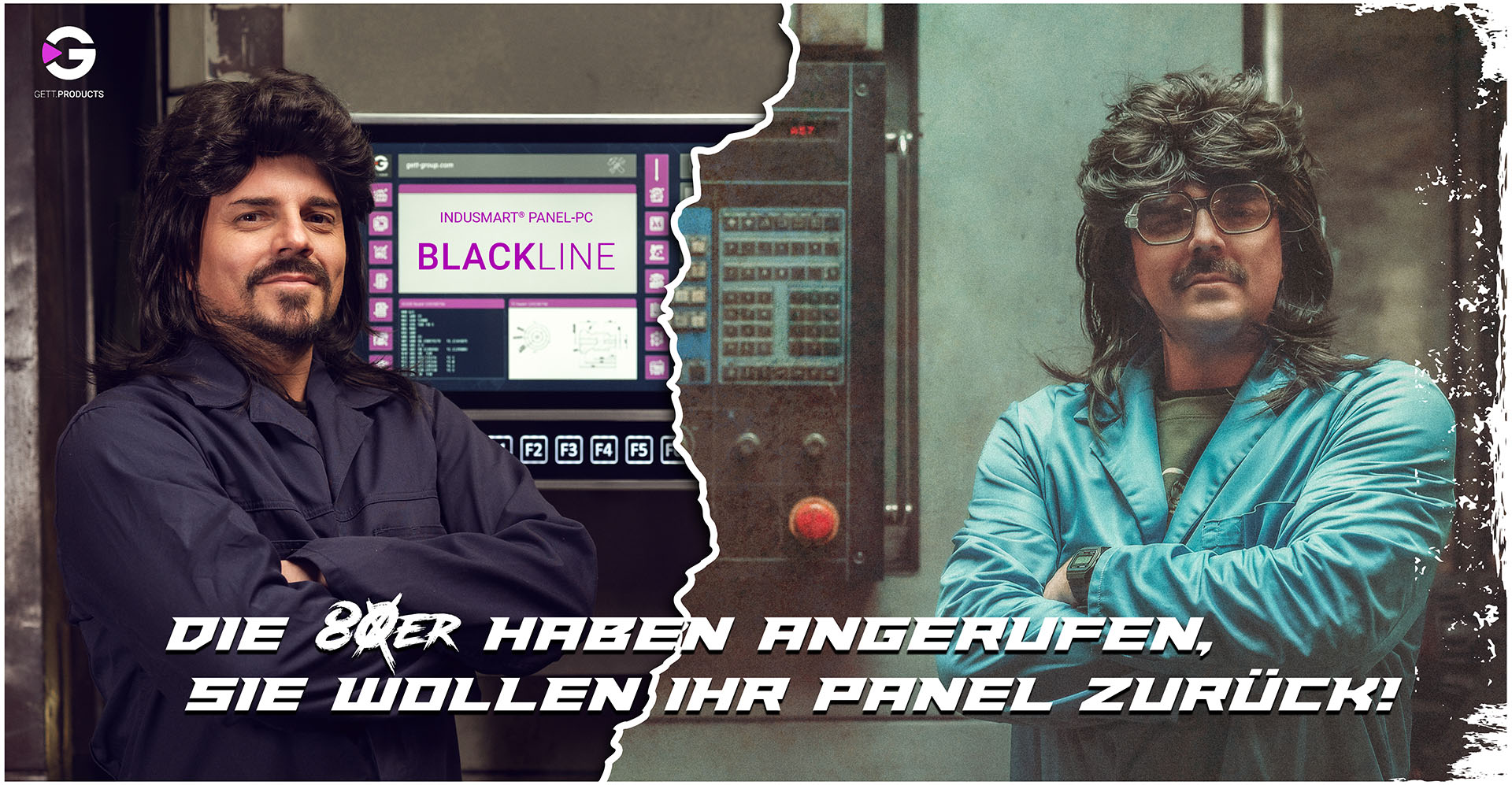Installation & Commissioning
INSTRUCTIONS FOR THE SAFE INSERTION OR SAFE MOUNTING OF KEYBOARDS
When inserting keyboards in frames or other mounting units, please ensure that they do not touch any parts that are energised and do not come in contact with any components that are live.
- Please ensure that the attachment or mounting point for the keyboard is secure.
- Assemble flat versions properly with the fastening screws.
- Place the frame versions in a position so that they cannot slip or fall (take note of any slopes on tables, desks etc.)
- Only connect the keyboard to a data interface that fits the connecting cable (normally a USB or PS/2 port).
- Position the connecting cable in such a way that it is not twisted or jammed.
- Position the connecting cable in such a way that it is not under any tensile stress.
Install or mount the keyboard in such a way (height, distance from operator) that the operator does not have to adopt any awkward physical posture when using the device.
- Installation instructions for TKV keyboards
- INSTALLATION INSTRUCTIONS FOR KEYBOARDS OF THE SERIES TKF-085B-(...)-MODULE
- LANGUAGE SETTINGS
-
-
Isolated installation::
In the delivery state, this connection is ensured via the shield wire of the connection cable. With an insulated installation, no further measures are necessary.
-
Installation in electrically conductive system parts:
If installation in metal panels (machines, systems, control cabinets, process control systems, etc.) is planned, the shield connection should be separated from the stainless steel housing of the keyboard in order to avoid impermissible equalisation currents via the shield cable (hum loops) due to potential differences. Sufficient equipotential bonding is required, especially in systems with UPS uninterruptible power supply for the computer systems.
Excessive potential differences between keyboard housing and shield must also be avoided. For this reason, a potential equalisation line is advisable. It should consist of a line of sufficient cross-section and labelling (green/yellow) between the system part of the built-in keyboard and the computer supply.
To disconnect the shield wire, first loosen the screws of the base tray. Then carefully remove the base tray and replace the metallised strain relief with a blind screwed-in plastic strain relief on the support plate. Make sure that the crimp tube is in the centre. In addition, the screw-on point of the strain relief must be maintained. Afterwards, screw the floor pan back on.
-
-
Please observe the tightening torque for the self-locking nuts when installing the above-mentioned keyboards.
Torque to be set:
- Min. 0.9 Nm
- Max. 1.3 Nm
Explanation:
- 0.8 Nm are required to tighten the self-locking nut to the stop.
- From 0.9 Nm, the seal is pressed on with sufficient pressure.
- From 1.4 Nm, the seal is compressed until it protrudes to the side.
- A torque of >2 Nm should be avoided in order not to cause damage to the bolts and/or the PCB.
-
Basically, keyboards do not determine which symbols/characters appear on the screen. Only the drivers of the operating system convert the output signals of the keyboard into language characters on the screen.
Example:
Shift-Alt: Hardly anyone knows that this key combination switches between the installed keyboard layouts, mostly between German and English. If the shortcut is pressed unintentionally, umlauts no longer work and the keys for special characters are assigned differently.
Pressing Shift-Alt again brings back the German keyboard layout.
Alternatively, click on "Change keyboards and input methods" in the "Time, language and region" section of the control panel. In the "Keyboards and Languages" tab, language profiles can be removed and added via "Change Keyboard". The "Language bar" tab is important: Activate "Fix on taskbar" here. This will show you at the bottom right which keyboard layout is active: "DE" stands for German, "EN" for English.
